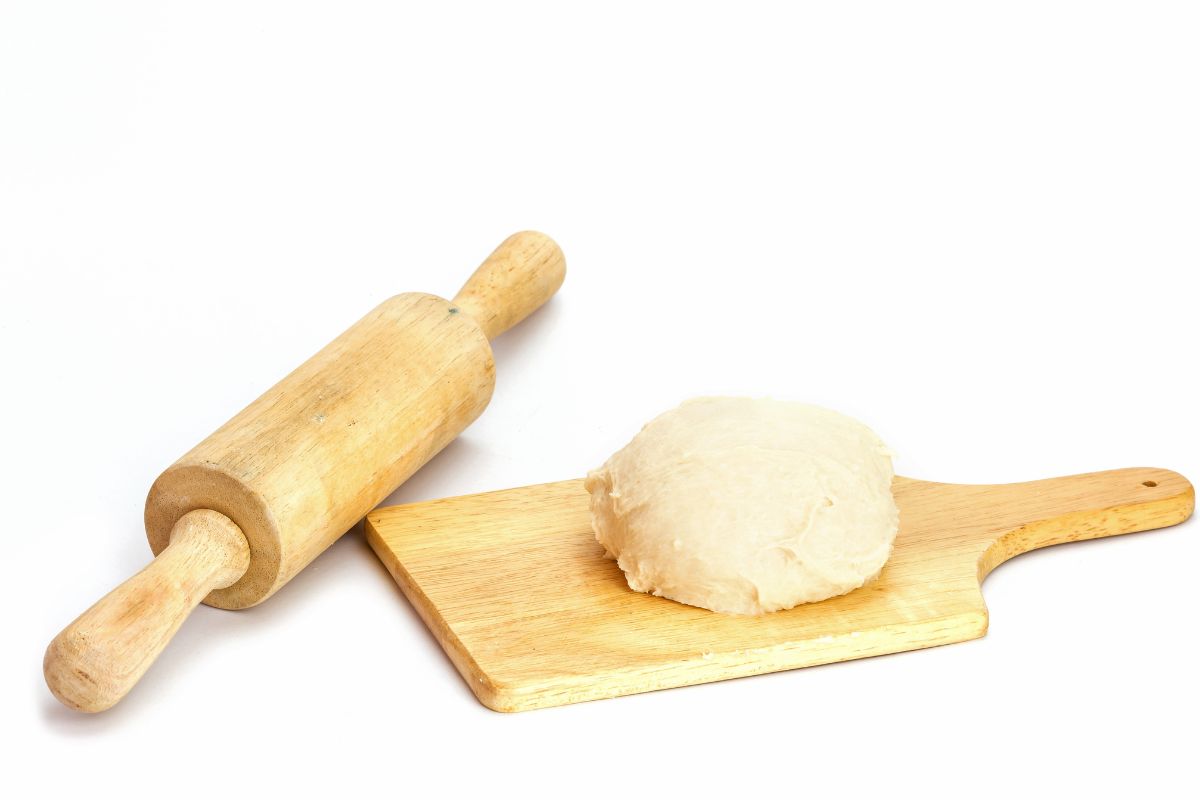Are you craving a delicious, hot French loaf of bread but don’t have the time to make it from scratch? If you’re looking for a convenient option that can save you time while still delivering delicious results, you may want to consider freezing French bread dough!
In this blog post, we’ll give you an overview of what exactly French bread dough is, provide step-by-step instructions for preparing and freezing it, discuss its advantages and disadvantages, and offer advice on when it is best to use frozen versus freshly prepared French bread dough.
So, let’s get started!
What is French Bread Dough?
French bread dough is exactly what it sounds like – dough made from a variety of ingredients, including flour, water, yeast, and salt, that is used to make a variety of French breads. The dough is kneaded and then shaped into the desired shape before baking.
The result is a light, flaky, and flavorful bread that is a staple of French cuisine.
Preparing the French Bread Dough for Freezing
If you’re interested in freezing French bread dough, there are a few steps you’ll need to follow.
First, prepare the dough according to the recipe you’re using. Once the dough is kneaded and shaped, it should be placed on a lightly greased baking sheet and then covered with plastic wrap.
Pop the baking sheet in the freezer and let it freeze for several hours.
Once the dough is frozen solid, you can transfer it to a storage container and return it to the freezer. To ensure the quality of the bread after it is thawed and baked, make sure to press out any excess air in the container before sealing it shut.
Storing the French Bread Dough in the Freezer
When storing French bread dough in the freezer, airtight containers are essential. If the container is not airtight or is not properly sealed shut, air will be able to enter the container, causing the dough to become dry and unappetizing.
If possible, choose a freezer-safe glass or plastic container for storing the dough.
In terms of how long the dough can be frozen, most prepared French bread dough can be stored in the freezer for up to 3 months. So, you can make a big batch of French bread dough and freeze it for later use without worrying about it going bad.
Thawing and Working with Frozen French Bread Dough
When it’s time to thaw frozen French bread dough, you’ll want to move it from the freezer to the refrigerator overnight, or for at least 8 hours. Once it’s thawed, you can shape the dough as you normally would and then let it rise at room temperature.
Finally, bake it per the directions of the recipe you’re using.
When working with frozen bread dough, the most important tip to remember is to be gentle. Frozen dough is more delicate than fresh dough, so you’ll want to handle it as little as possible to minimize the risk of tearing.
Benefits of Freezing French Bread Dough
There are several benefits to freezing French bread dough.
First, you can save money by purchasing ingredients in bulk and freezing the extra dough for later use. Second, it can save you time by not having to prepare the dough from scratch every time you’re craving French bread.
Disadvantages of Freezing French Bread Dough
Unfortunately, there are some drawbacks to freezing French bread dough as well. Namely, the quality isn’t quite as good as freshly prepared bread, and there is a risk of foodborne illness if the dough isn’t stored or prepared properly.
Conclusion
In conclusion, freezing French bread dough can be a convenient and cost-effective way to enjoy French bread without having to prepare the dough from scratch every time. However, it’s important to be aware of the potential risks associated with freezing the dough, such as decreased quality and foodborne illness.
Ultimately, it’s up to you to decide when it’s best to use frozen versus freshly prepared French bread dough. If you’re looking for a convenient and cost-effective option, go ahead and freeze your dough.
But if you’re looking for maximum flavor and texture, go with fresh dough every time!

